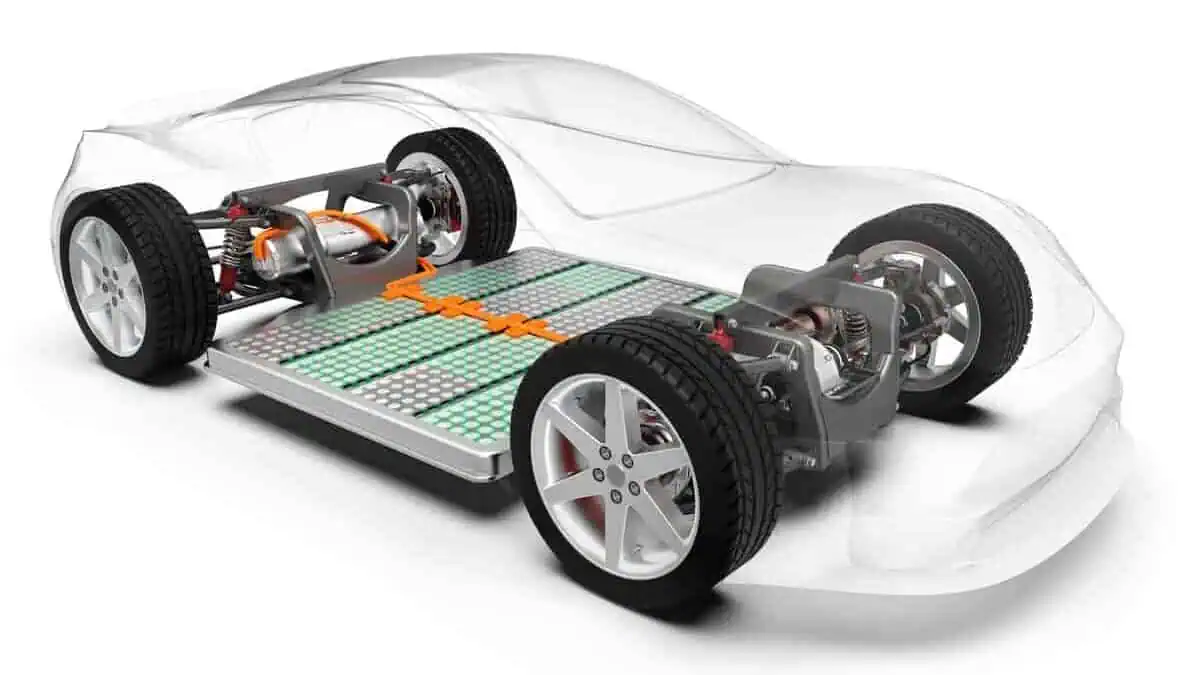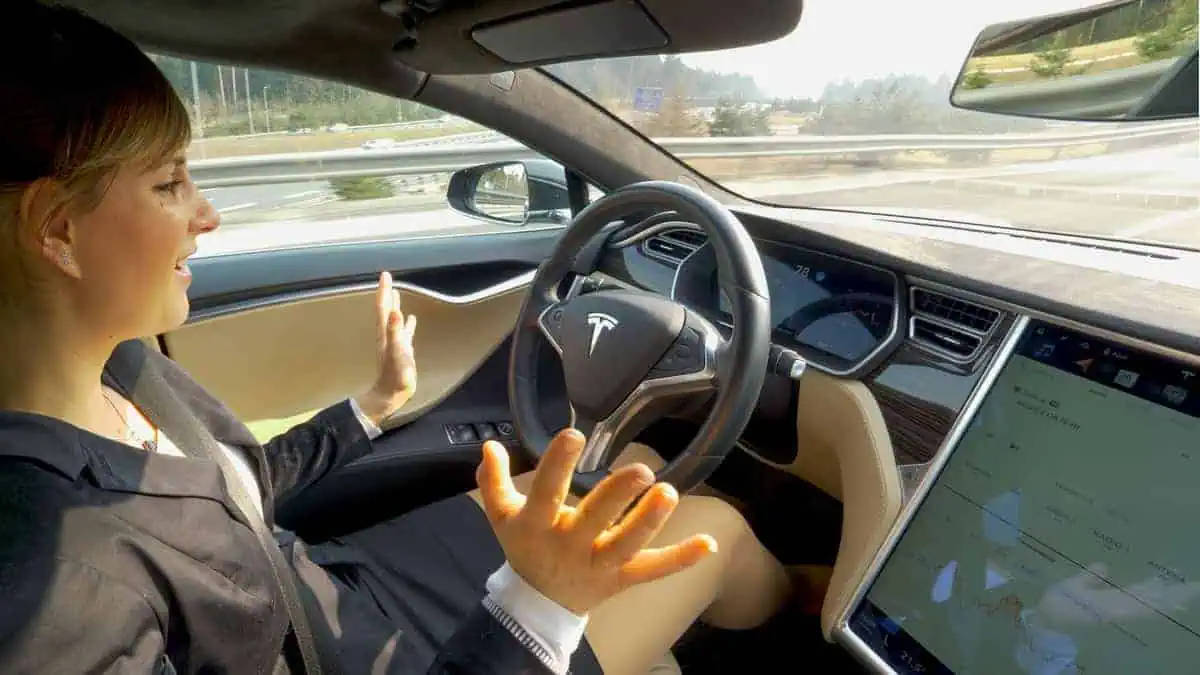Electric vehicles hit record-breaking inventories in the second quarter of 2023 in the US, ultimately outpacing the average production of internal combustion engine-powered cars.
Cox Automotive’s data revealed that the average day’s EV supply grew to 92 days in Q2 from just 36 days in the same period last year. Simply put, this data determines the number of days a vehicle stays in a dealer’s inventory before getting sold.
More intriguingly, these days represent a significant growth of 80% from just 51 days in the industry-wide average of new vehicle supply and a twofold increase from mid-2022’s record.
In terms of weekly records, US dealers had approximately 92,000 EVs in their inventory on average. This figure indicates an astounding year-on-year increase of 342% in Q2 from just 21,000 units in 2022.
These data reveal that the current supply surpasses the actual demand, considering the EVs’ extended stay in dealerships in Q2. Nonetheless, the figures demonstrate that EV sales are continuously growing faster than conventional vehicles, enabling them to gain market share.
Factors affecting the surge in EV production
The rapid growth of EV inventory levels can be primarily due to the easing global shortage of materials and parts brought on by the COVID-19 pandemic. The industry’s recovery enabled automakers to launch new factories and ramp up their production in the US.
Apart from that, the US government’s early implementation of EV-focused subsidies for both buyers and automakers gained significant confidence for the industry. Notably, America’s leading automaker Tesla has been the top beneficiary of these incentives, including federal credits of up to $7,500 under the Inflation Reduction Act.
Although the increase in EV production and supply maybe be a significant development for some, industry analysts worry that the demand struggle to keep up with the supply.
Chief Cox Automotive economist Jonathan Smoke expressed concern that EV sales were “not keeping pace with availability.” In fact, the company forecasts EVs to only hold 8% market share in the US by the end of 2023, regardless of the surge in inventory in Q2.
Notably, that 8% market share forecast represents around 1.2 million new BEVs of the industry-wide expectation of 15 million units by the end of 2023.
See Also:
- Tesla exceeds Q2 delivery estimates driven by price cuts and federal credits
- US: New vehicle sales to soar 15.6% in May
- US: Tesla on track to beat VW Group, BMW, and Mercedes in Q1 2023 sales
- Tesla discounts some Model 3 inventory cars, now starting at $384/month
- Tesla clears inventory and dominates the Australian market against Toyota as EV enthusiasm grows
An imbalance between supply and demand may be unfavorable for the industry, as it demonstrates weak consumer purchasing activities. However, it may be significant in further accelerating the EV uptake in the country.
Raising inventory levels beyond demand may reduce the segment’s cost of entry, potentially boosting sales volume in the coming quarters.






